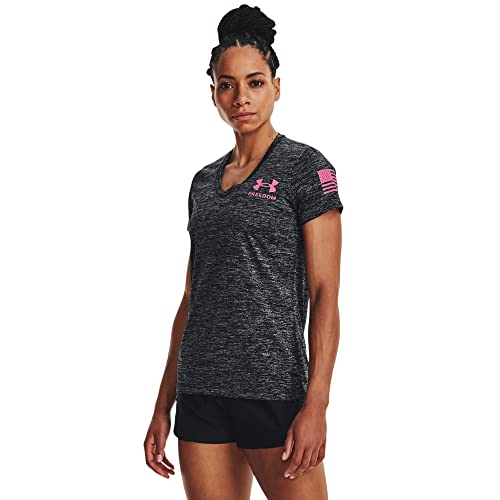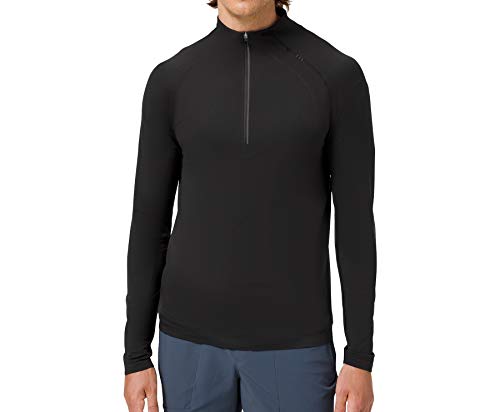Last Updated on January 24, 2024 by Amanda Bowden
Trail Running Tips Introduction: Embrace the Adventure and Conquer Nature’s Pathways
Are you tired of pounding the pavement on your daily runs? Looking for a new challenge that takes you off the beaten path and out into nature? It’s time to lace up your shoes, venture into the wilderness, and experience the invigorating world of trail running. Read this article for lots of trail running tips!
From winding forest tracks to rugged mountain paths, when you’re on the trails each run becomes a thrilling adventure filled with natural beauty and fresh discoveries.
So, if you’re ready to leave behind the monotony of city streets and embrace the challenges and rewards of running in nature’s playground, let’s dive into this fantastic array of trail running tips about finding the best routes and the running gear you need before you set out.
But before you read the article, have a watch of this 10 minute video from Sarah Place with some nice trail running tips to get you inspired.
Trail Running Tips Section 1: Choosing the Right Trail
1. Explore Local Routes
Not everyone has access to trails near there homes, but if you do have local trails you can start exploring!
Check out the routes feature on the Strava app, where you can find the most common routes run near you. You do need to pay a subscription fee to use this feature (but it has many free features for you to try out before you decide to subscribe!). If you run frequently it’s definitely worth it.
Other ways to find and plot local trails include looking at Ordinance Survey Maps if you live in the UK, or finding detailed maps for your locality in another country.
An alternative is to use the fantastic free hiking app AllTrails (iOS, Android).
If you don’t have any local routes, you can still use these resources to plot routes further afield. Planning your trail running adventures is part of the fun 😍.
2. Think About Elevation

Research the elevation gain and loss of your planned route. If you’re used to running on the flat a sudden increase in elevation on your runs can lead to injuries.
To prevent this start out on flatter trails and increase elevation slowly.
If this is hard in practice, due to your local trails being very hilly, start out by walking the hills and running the flats while your body adjusts to the new challenge. Or always do this – you don’t have to run the hills!
4. Start with Popular Trails
Popular trails often have more established routes, signage, and a higher chance of encountering fellow runners or hikers.
These trails are generally well-maintained and offer a safer environment, especially if you’re new to trail running or exploring unfamiliar areas.
5. Look for Beautiful Routes

Look for trails that offer breath-taking vistas, lush forests, ocean views, sparkling streams or rivers. The stunning landscapes will motivate you during your runs and create lasting memories.
Trail running is not just about conquering difficult terrain but also enjoying the journey through nature.
In the next section, we’ll delve into the essential gear and clothing you need before you go out on your first trail run.
Trail Running Tips Section 2: Essential Gear and Clothing
When venturing into the world of trail running, having the right gear and clothing is crucial for comfort, safety, and performance.
Here are the essentials you’ll need:
1. Trail Running Shoes
Invest in a pair of trail running shoes specifically designed for off-road terrain. Look for shoes with good traction, durable outsoles, and ample cushioning to absorb impact.
Opt for a snug fit that provides stability and protection for your feet and ankles, although plenty of room for your toes. It’s common to need to go half a size, to one whole size, larger for running shoes than day to day shoes.
If you’re after a reliable trail running shoe these ones by Salomon are ideal. They are extremely popular and have thousands of positive reviews!
2. Moisture-Wicking Clothing
Choose lightweight, moisture-wicking clothing made from synthetic materials like polyester or merino wool.
These fabrics wick away sweat and keep you dry, preventing discomfort and chafing during long runs.
Layer up so it’s easy to adapt to the weather as it changes.
Here’s a nice trail running outfit for a woman:
Go ahead and click below an image to see the price on Amazon.
And here’s a decent trail running outfit for a man:
Click on the link below any image you like to see the price on Amazon.
3. Hydration Pack or Water Bottles
Hydration is vital during trail runs, especially in remote areas.
Do not get tempted to drink water from streams, or any wild water bodies, as you are highly likely to get ill.
Only do this if you carry a water filter like this one: HydraPak Water Filtration Accessory with a compatible flask.
Invest in a hydration pack with a reservoir, a running vest with soft water flasks (you could use flasks fitted with the above water filter if you’re likely to be out a long time), or carry handheld water bottles.
Ensure the pack has enough capacity to hold water, snacks, and other essentials. Look for additional pockets or compartments for storage.
Read The best hydration packs and vests for training runs and ultra-marathons from Runner’s World if you’re looking to choose a pack.
4. Navigation and Safety Gear
Carry a cell phone for emergencies and to use trail-running apps. Or invest in a GPS device, like a running watch, to track your route and help with navigation.
Although you may find it hard to choose between this very nice SUUNTO 9 Peak Running Watch, or the Garmin fenix 7 Sapphire Solar – the ultimate running watch! Both have route navigation and are brilliant GPS watches, although the Garmin has the most advanced features, and a higher price to match.
Click on the link below the pictures to check the prices on Amazon.
SUUNTO 9 Peak Running Watch
Garmin fenix 7 Sapphire Solar
Also, bring a whistle for signaling, a basic first aid kit, an emergency blanket, and any necessary medication like an EpiPen if you have specific allergies.
5. Protection from the Elements
Protect yourself from the sun’s rays by wearing a hat or buff, sunglasses, and sunscreen.
Read our post Find the Best Running Buff or Neck Gaiter to find the ultimate Buff to protect you from the elements.
In colder conditions, layer up with a lightweight, moisture-wicking base layer, a windproof or waterproof jacket, and gloves, buff and hat for insulation.
Read one of these articles to help you find the best waterproof running jacket:
- The Best Women’s Waterproof Running Jackets in the UK
- The Best Men’s Waterproof Running Jackets in the UK
- The Best Men’s Waterproof Running Jackets on Amazon
6. Optional Gear
Depending on your preferences and the trail’s difficulty, you may consider additional gear.
Trekking poles provide extra stability on challenging terrain, especially during ascents and descents.
Gaiters can protect your feet and lower legs from debris and mud.
Compression sleeves or socks may aid in circulation and muscle support.
Waterproof socks can make all the difference if you live somewhere very wet. Read The Best Waterproof Running Socks in the UK to find out more about the brilliance of waterproof running socks!
Trail Running Gear Tips Video
Watch this video from the talented film maker and trail runner Jeff Pelletier on YouTube. There are some useful tips in this video that are not covered in the article, so it’s well worth a watch.
Conclusion: Unleash Your Potential and Embrace the Beauty of Nature With These Trail Running Tips
Trail running is thrilling and rewarding. It makes you feel energised and more in touch with the natural world.
But before you head out your door, remember to choose suitable trails, equip yourself with the right gear, prioritize safety, fuel your body effectively, and respect the environment!
So lace up your running shoes, hit the trails, and embark on an unforgettable journey through breath-taking landscapes and have exhilarating adventures.
For some trail running inspiration read 30+ Benefits of Trail Running.

Runner | Writer | Science & Nutrition
🏃♀️ Hi, I’m Amanda at Running Matter, where love of running meets science and adventure!
👟 I’m in my element when out on the trails.
🌿 I have a BSc (Hons) First Class in Natural Sciences.
I love writing about how the latest science can improve running performance and nutrition. I’m curious about the human body’s limits and fascinated by ultra running.










